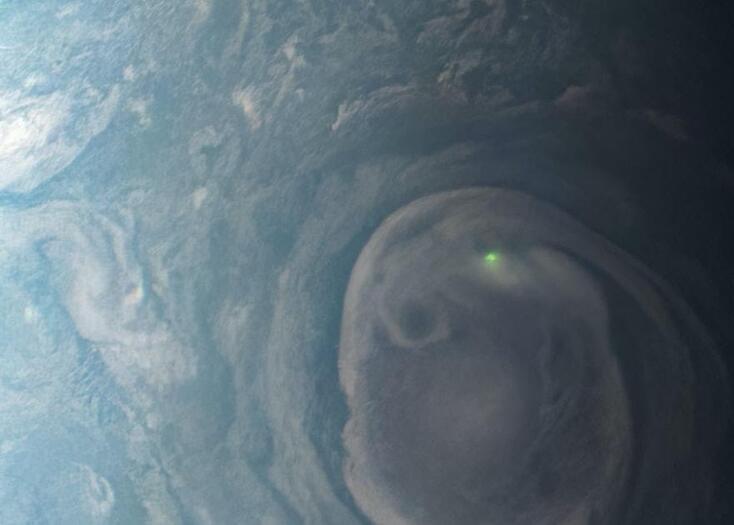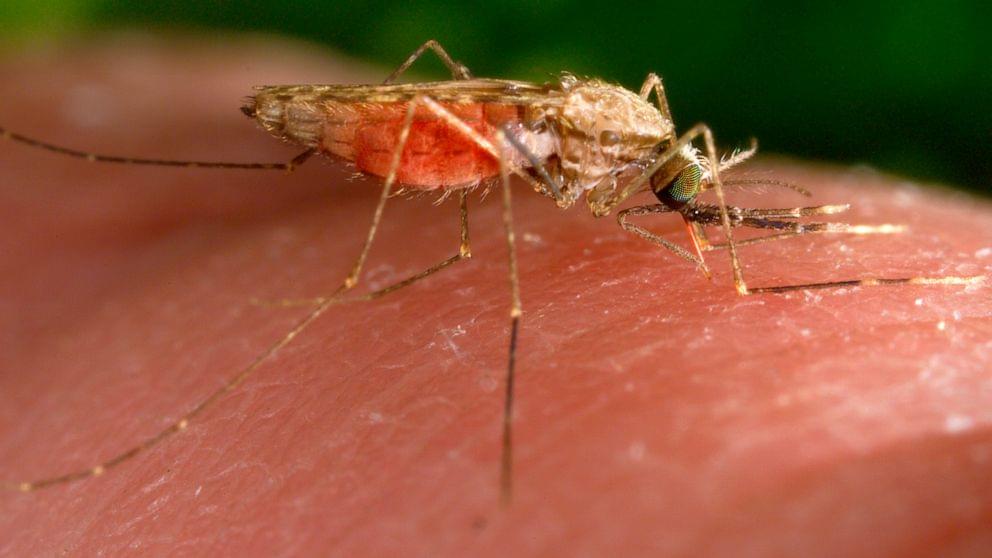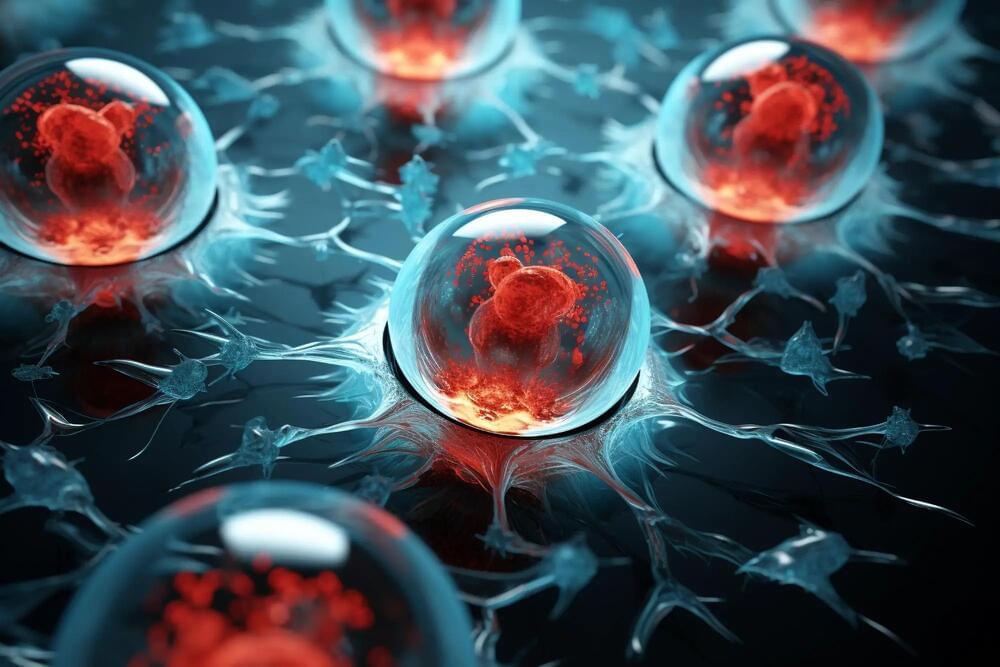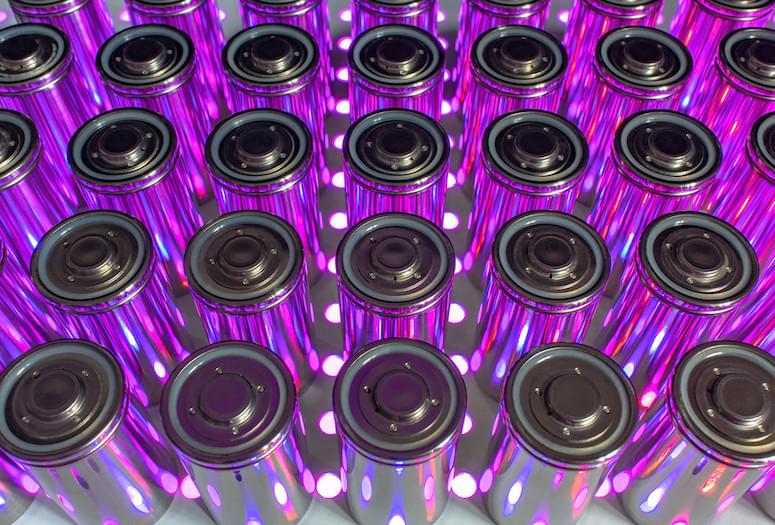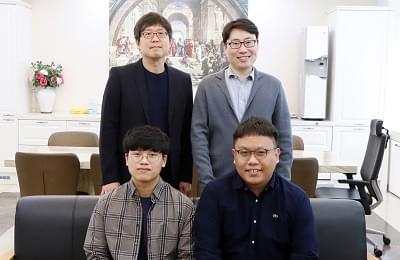Jul 9, 2023
NASA’s Juno Spacecraft Just Captured A Spooky Green Lightning Flash On Jupiter
Posted by Quinn Sena in categories: alien life, climatology
NASA’s Juno spacecraft recently captured this spooky green flash of lightning in a massive storm swirling near Jupiter’s north pole.
The tremendous burst of lightning glows bright against the dark gray vortex of the storm, even from Juno’s vantage point 19,900 miles above the tops of Jupiter’s clouds. Lightning often flashes between the clouds of stormy Jupiter’s higher latitudes, especially in the north. NASA’s Juno spacecraft is helping shed light on the gas giant’s wild alien weather.
Citizen scientist Kevin M. Gill processed the image from Juno’s raw data.
